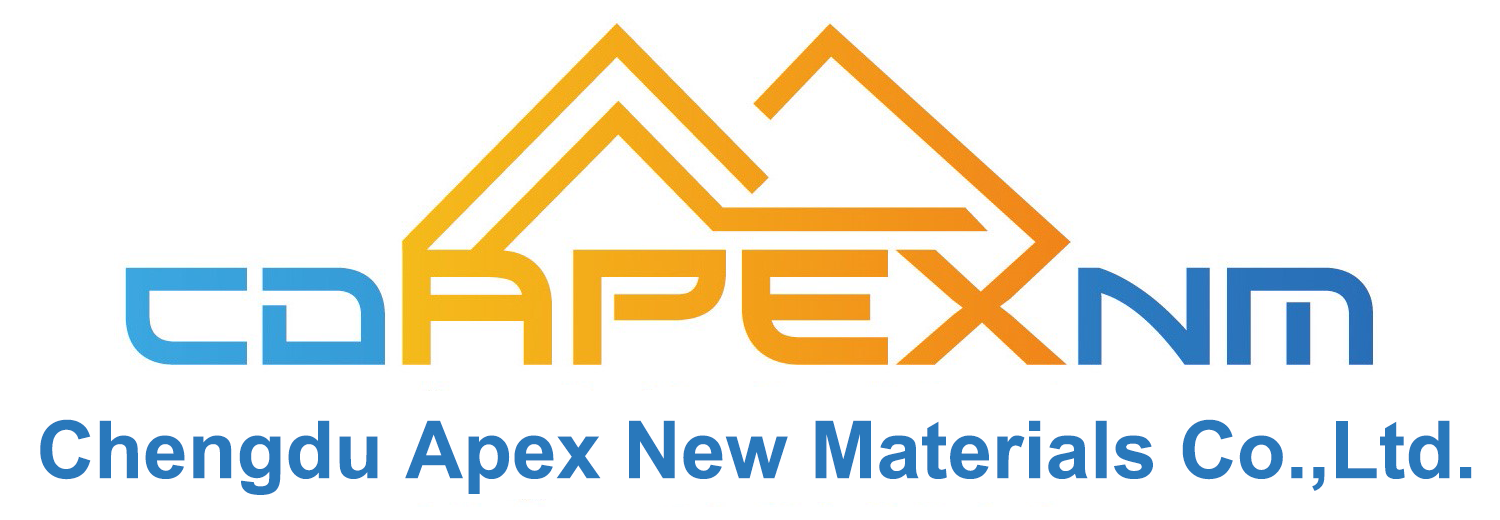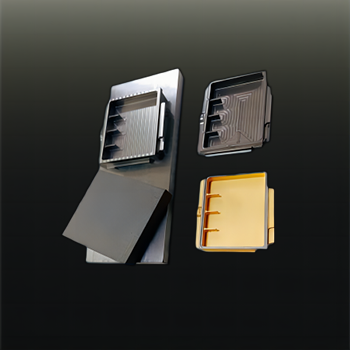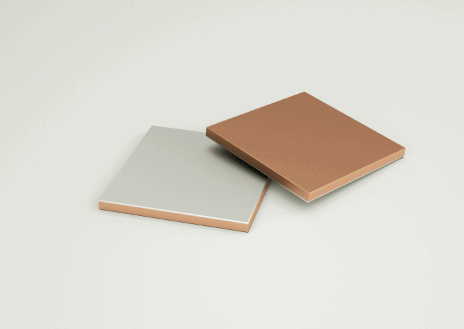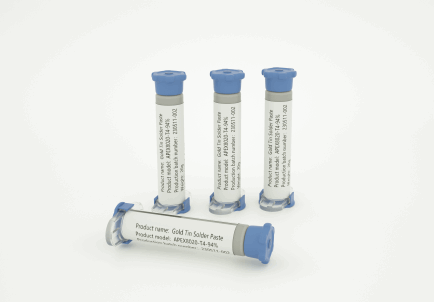Which is better, silicon aluminum alloy or aluminum alloy?
Which is better, silicon aluminum alloy or aluminum alloy?
Aluminum alloy is widely used in the industrial field and is favored for its light weight and excellent physical properties. However, with the advancement of technology and the diversification of demand, a single aluminum alloy can no longer meet the needs of all application scenarios. For this reason, silicon aluminum alloy, as a new composite material, has begun to show potential in many industries. So, which material is better, silicon aluminum alloy or traditional aluminum alloy?
Comparison of the basic properties of aluminum alloy and silicon aluminum alloy
1. Characteristics of aluminum alloy
Aluminum alloy is an alloy based on aluminum, with appropriate amounts of other metal elements such as magnesium, zinc, and copper added. Aluminum alloy has the advantages of low density, high strength, good corrosion resistance, and strong plasticity. These characteristics make aluminum alloy widely used in aerospace, automobile manufacturing, construction engineering and other fields.
Advantages of aluminum alloy:
Light weight: The density of aluminum is only about 1/3 of that of steel, which is suitable for industries with lightweight design requirements.
Good corrosion resistance: Aluminum alloy forms an aluminum oxide protective layer in the air, which can effectively resist oxidation in the environment.
Good formability: Aluminum alloys are easy to process and suitable for a variety of manufacturing processes.
2. Characteristics of silicon aluminum alloys
Silicon aluminum alloys are alloy materials formed by adding silicon elements to an aluminum matrix, and the silicon content usually ranges from 5% to 25%. Compared with pure aluminum alloys, silicon aluminum alloys have better performance in certain application scenarios, especially in terms of mechanical strength and thermal expansion coefficient.
Advantages of silicon aluminum alloys:
Excellent wear resistance: The silicon phase in silicon aluminum alloys can enhance the wear resistance of the material, making it suitable for parts with greater friction.
Low thermal expansion coefficient: The addition of silicon significantly reduces the thermal expansion coefficient of aluminum alloys, so silicon aluminum alloys show better dimensional stability in high-temperature applications.
Improved strength and hardness: The addition of silicon can increase the hardness and mechanical strength of the material, making it suitable for occasions with higher stress.
2. Comparison of the application fields of the two alloys
1. Application of aluminum alloys
Aluminum alloys are mainly used in the following fields due to their light weight and high strength:
Aerospace: Aluminum alloys are one of the main materials for aircraft manufacturing, and their lightweight advantages help reduce fuel consumption and improve aircraft flight efficiency.
Automobile manufacturing: In electric and traditional vehicles, aluminum alloys are widely used in parts such as body, engine and wheels to achieve weight reduction and improve fuel efficiency.
Building materials: Aluminum alloys are widely used in building curtain walls, doors and windows due to their excellent corrosion resistance and processability.
2. Application of silicon aluminum alloys
The wear resistance and thermal expansion control ability of silicon aluminum alloys make it advantageous in certain specific high-demand fields:
Engine pistons: Silicon aluminum alloys are widely used in pistons and cylinders of automobile and motorcycle engines, and can withstand high temperature and high friction environments while reducing deformation caused by thermal expansion.
Electronic packaging materials: As the size of electronic equipment decreases, silicon aluminum alloys have become an ideal choice for integrated circuit packaging and heat dissipation materials due to their low thermal expansion characteristics.
High-precision mechanical parts: In mechanical equipment that requires high precision and high strength, silicon aluminum alloys are increasingly used, especially in the aerospace and military fields.
Comparison of the performance of the two alloys
1. Weight and lightweight performance
Aluminum alloys are still the preferred material for lightweight applications due to their low density, especially in areas that are extremely sensitive to weight, such as aerospace and automotive manufacturing. However, after the introduction of silicon, the density of silicon-aluminum alloys has increased, but it still remains within the range of lightweight materials. Therefore, in areas where weight requirements are not so strict, silicon-aluminum alloys are also competitive due to their other performance advantages.
2. Heat resistance
Aluminum alloys have a high thermal expansion coefficient, so they are prone to thermal expansion in high-temperature applications, affecting the dimensional stability of parts. In contrast, the thermal expansion coefficient of silicon-aluminum alloys is significantly reduced, which enables them to maintain better stability in high-temperature environments and is suitable for areas that are sensitive to temperature changes, such as engines and electronic equipment.
3. Wear and corrosion resistance
Aluminum alloys excel in corrosion resistance, but are slightly inferior in wear resistance. Silicon-aluminum alloys improve the wear resistance of the material by introducing silicon phases, and are especially suitable for high-friction and high-impact parts, such as engine cylinders and pistons.
As the requirements for materials in the industrial field are increasing, silicon aluminum alloys are gradually showing their broad application prospects. Especially in the fields of new energy vehicles, precision machinery and high-temperature electronics, the performance advantages of silicon aluminum alloys make it the choice of more and more manufacturers.
1. The rise of new energy vehicles
With the strict global control of carbon emissions and the promotion of new energy vehicles, the application of silicon aluminum alloys in electric vehicles is becoming more and more important. It not only helps to reduce the weight of the vehicle body, but also improves the high temperature resistance and wear resistance of electric motors and battery modules.
2. High-precision manufacturing field
In the aerospace, military and electronic industries, the requirements for dimensional stability and durability of materials are increasing. Silicon aluminum alloys are becoming an important material choice in these fields due to their low thermal expansion coefficient and high strength.
, aluminum alloys and silicon aluminum alloys have their own advantages and are suitable for different application scenarios. If lightweight and good formability are mainly considered, traditional aluminum alloys are still the preferred material. However, for application scenarios that require higher wear resistance, high temperature resistance and dimensional stability, silicon aluminum alloys undoubtedly have more outstanding advantages.
With the advancement of science and technology and the diversification of needs, silicon aluminum alloys will play a more important role in future industrial applications. The author believes that in the fields of new energy vehicles and high-end manufacturing, silicon aluminum alloys will have more extensive applications, while aluminum alloys will continue to maintain their dominant position in traditional fields.
The above are the characteristics and applications of the two alloys, combined with the development trends of modern industry. Apex-New Material produces silicon aluminum alloys, which can be customized according to user needs. If you need silicon aluminum alloys, you can consult: postmaster@apex-newmaterial.com





